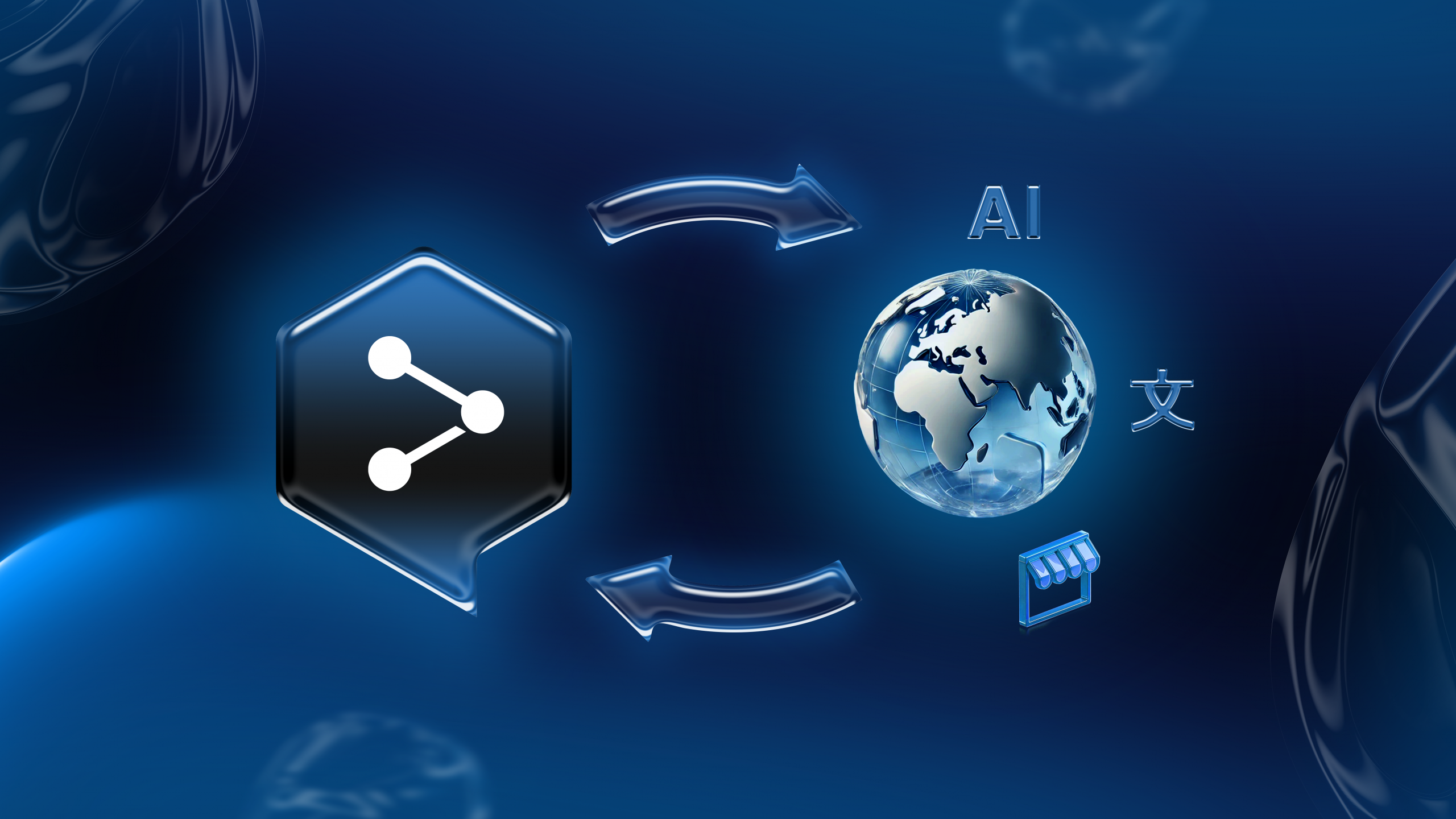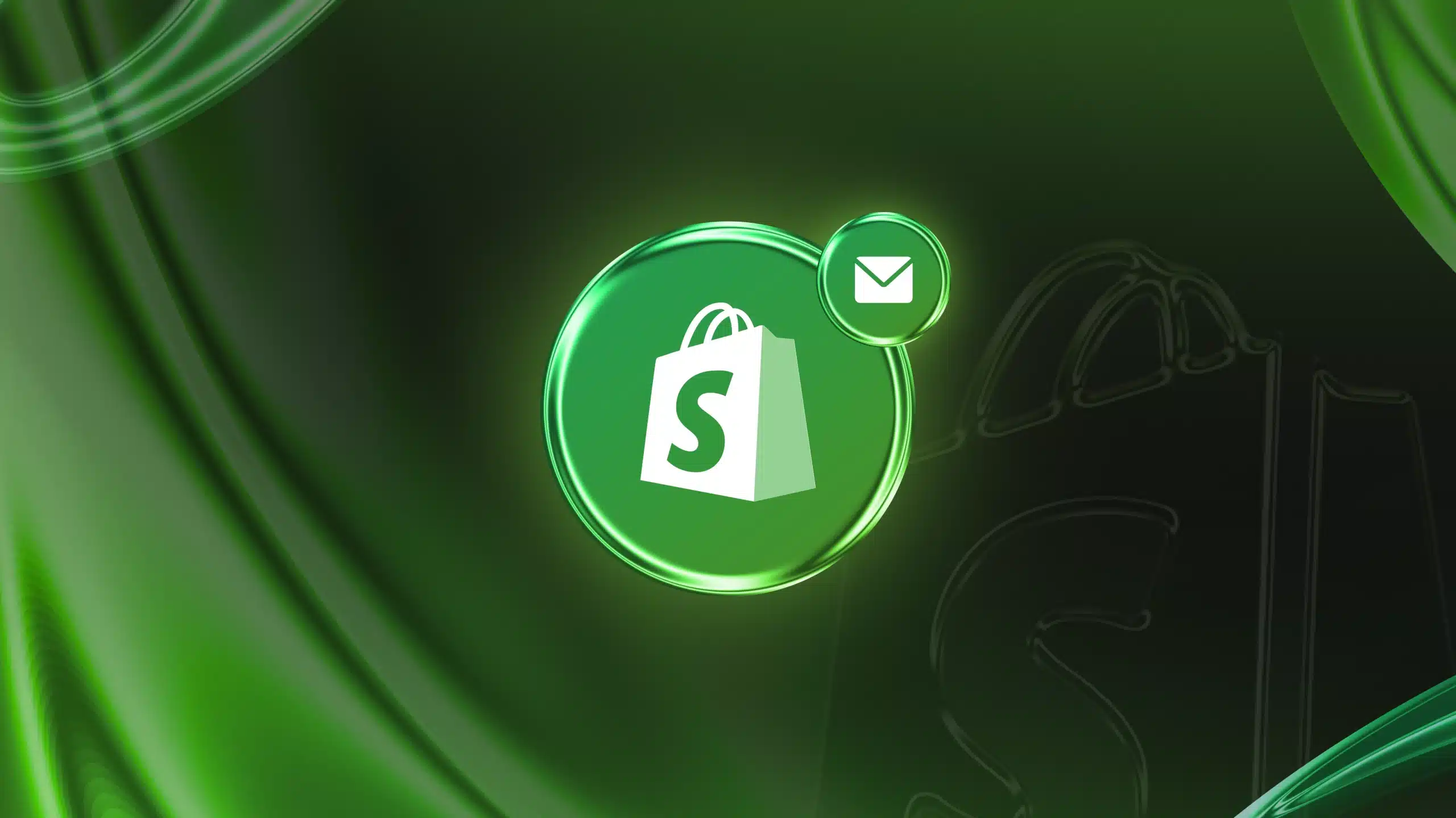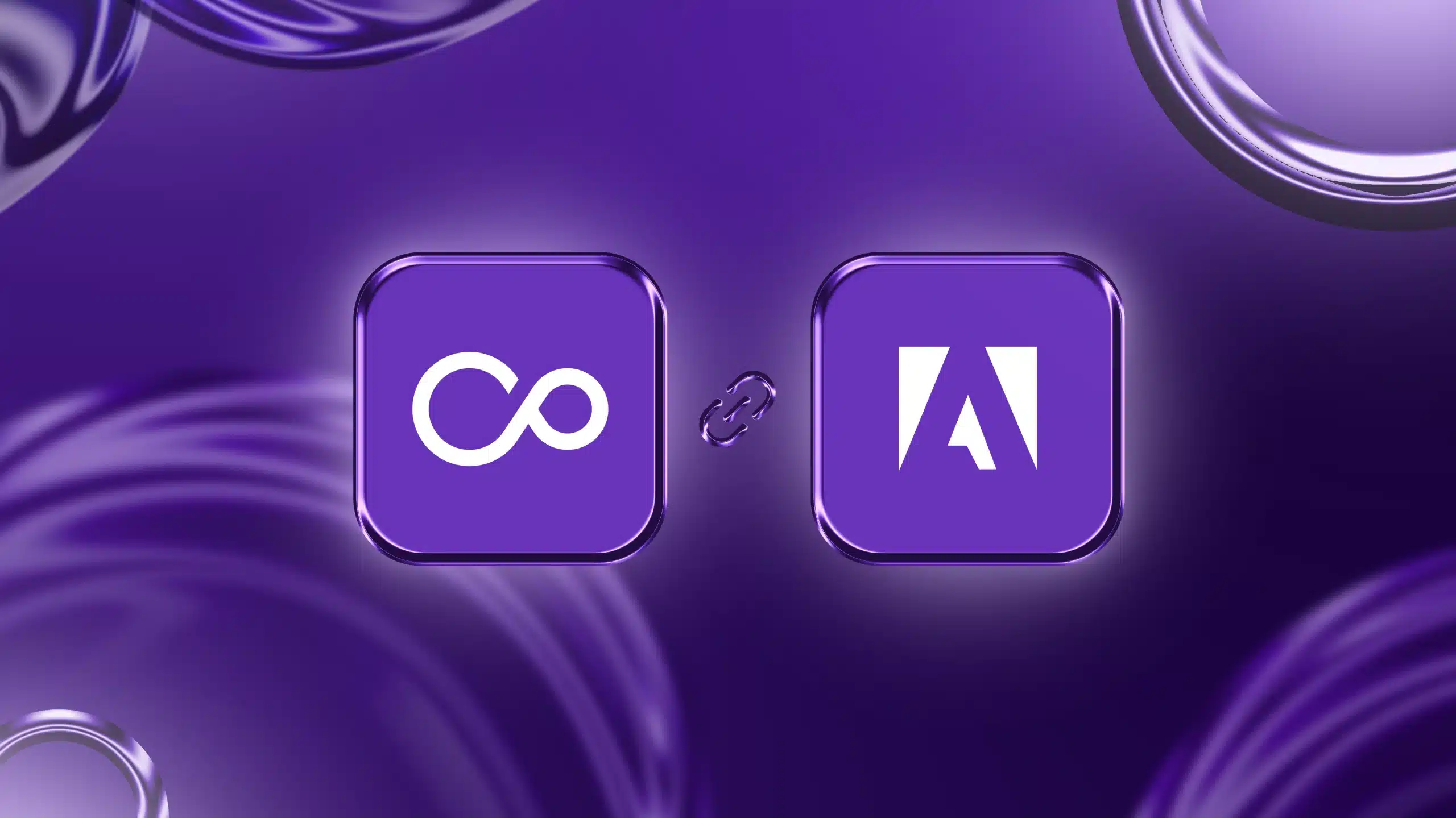Key Takeaways
- PWA combines the best features of mobile apps and the web to build solutions that help businesses stay ahead of the curve.
- PWAs work efficiently regardless of the screen size, devices, or operating systems.
- PWAs are highly useful for users located in regions with poor network connections.
- The device-specific features like camera, Bluetooth, geolocation, and biometric authentication can be integrated with PWAs.
- Since PWAs are discoverable by search engines, they are likely to rank well on the SERP.
Amid the cutthroat competition, balancing optimum user experience with affordable development costs poses a significant challenge for businesses. But, Progressive Web Apps (PWAs) appear to be a winning solution in this case. They blend the goodness of traditional websites and mobile apps to deliver a fast and smooth experience.
But what is a PWA? How does it work? What are the benefits and challenges of Progressive Web Apps? Let’s understand PWAs in detail, including their key components, pros, and cons. This will help you decide whether you should choose PWA over the other solutions.
What Is a Progressive Web Application?
A Progressive Web Application (PWA) is an application software delivered through the web and written in standard web technology like HTML, CSS, and JavaScript. With PWAs, businesses can deliver a native app-like experience directly from the browser. End users can get an app-like experience without downloading an application from an app store. The PWAs work on any platform, whether it’s a desktop or mobile, that uses a standards-compliant browser.
PWAs take advantage of modern web capabilities to provide an app-like experience to end users. From offline accessibility and minimal loading times to push notifications and device hardware access, these advanced features make them a favorite for businesses and users alike.
What Are the Main Components of Progressive Web Apps?
A PWA typically has three key components.
Encrypted HTTP Protocol (HTTPS)
HTTPS helps in establishing secure communication between the server and the browser while transferring data. With advanced encryption, it makes sure that sensitive information like payment details and credentials are safe from any data breach. The HTTPS also acts as a fundamental component for the successful implementation of the Service Workers.
Service Workers
These are JavaScript files that run in the background without relying on the web page. These are responsible for advanced features like push notifications, offline access, or background sync. While acting as a proxy between the network and the browser, these use efficient caching to deliver offline functionalities. The service workers also add to the loss-less performance and top-notch reliability during poor and no-network conditions as well.
Web App Manifest
This is a JSON file that contains the metadata of the app, which includes everything from the app name, start URL, icons, and color scheme. This transmits information about your web app to the browser. Because of the manifest file, users can save the PWA on their device’s home screen. This is also responsible for defining the app’s appearance to the users while enabling developers to customize the app’s appearance and behavior.
How Do PWAs Work?
By combining the manifest file, secure communication protocols, and services workers, PWAs function and deliver a smooth experience to users. When a user accesses the PWA, the resources are cached by the service worker, which enables the application to function offline or even under weak network conditions. On the other hand, the manifest file enables the app to be saved on the home screen, which delivers a native app-like experience.
The Service Workers function as mediators between the network and the app. They intercept network requests and deliver cached content when required. This ensures offline functions while also adding to lightning-fast load times.
What’s the Difference Between a PWA and a Standard Web Application?
The foremost difference between a standard web application and a PWA is the requirement for internet connectivity. While the standard web apps need a continuous connection to the internet, PWAs can work smoothly even without the internet. In terms of page loading speed, PWAs excel compared to the standard web applications. The progressive web apps deliver a hybrid experience, which leads to a smoother user experience. Moreover, PWA’s installable nature sets it apart from traditional web apps.
When it comes to user experience, PWA takes the crown as it delivers unmatched user engagement, interaction, and system performance. While traditional web apps are dependent on browsers and network connectivity, the advanced and efficient technology used in PWAs helps them overcome these challenges.
PWA Benefits for Businesses, Developers, and Users
The progressive web apps come with their own sets of benefits for businesses, developers, and end users.

Benefits of PWAs for Businesses
Businesses can leverage PWAs to deliver better user experience while optimizing their operation and development costs.
1. Native-like User Experience
Users can get a native app-like experience through PWAs, as they load faster, offer better interactions, and come with more intuitive interfaces. PWA’s ability to replicate the familiarity delivered by traditional apps makes them a great tool for businesses.
- They Work Offline: By caching the critical data, PWAs can function smoothly in weak networks or even offline. This ensures uninterrupted services, which come in handy for businesses with a global user base.
- They’re Linkable: Instead of downloading the app from the app store, you can share PWAs through a link. It ensures that the users can adapt easily, leading to businesses to expand their reach effortlessly.
2. Better User Engagement
Thanks to features like push notifications, businesses can get more user engagement with PWAs. Not only can they deliver personalized updates but they can reach out to the users directly. The app installation on the home screen leads to better accessibility while increasing the possibility for continuous interaction. This helps with enhanced user engagement and customer retention.
3. Enhanced Performance
Thanks to the advanced caching techniques, PWAs drastically cut short the load times. The quick page loading time along with more efficient interactions leads to an improved user experience and app performance. This also adds to search rankings, driving better conversion rates than ever.
4. Efficiency and Cost Savings
Compared to traditional native mobile applications, PWAs are highly cost-efficient. PWAs provide you with a single codebase for all platforms whereas the native apps require separate versions for iOS and Android. This results in less work, resources, and costs associated with development and maintenance. For businesses looking to get the best possible ROI under budget, PWA is an excellent choice.
5. Wider Reach
PWAs do not have the limitations of native apps when it comes to reach and accessibility. Since these apps do not need any downloads and run on web browsers, they are basically accessible from any platform, irrespective of the operating system.
6. No Dependency on App Distribution Platforms
App stores come with a lengthy approval process and additional fees whenever you upload or update an application. But, you can avoid these hassles with PWAs, which not only save you money but also offer faster launch. Moreover, you get more control over the updates you want to implement on your progressive web app.
7. Effortless Development and Updates
PWAs allow businesses to deploy updates instantly without user intervention. This ensures that customers always have access to the latest version without waiting for downloads, enhancing user satisfaction and operational efficiency.
8. Uninterrupted Communication and Engagement
Since PWAs come with the goodness of push notifications, users can stay informed of the latest updates, offers, and all other information that matters. This helps in building stronger relationships with customers, resulting in improved user retention rates.
9. Improved Search Results Visibility
Search engines index PWAs, just like a regular website. This means that with PWAs, you have better chances to rank on the SERP, getting more traffic to the platform and resulting in more conversions. Moreover, your SEO performance will also get improved due to the mobile-first approach and optimized performance of the apps.
10. Decreased Customer Acquisition Costs (CAC)
Businesses can reduce the cost of new customer acquisitions with a PWA. It comes with wider reach and accessibility while delivering an unmatched user experience, which results in an optimized user journey and organic growth with less marketing expenses.
Benefits of PWAs for Users
Along with businesses and developers, PWAs also offer a number of benefits for the end users.
1. Quick and Easy to Install
Users don’t need to go through the hassle of going to the app store and downloading large applications when they are installing PWAs. These can be installed with just a tap right from the browser. This improves user experience and engagement.
2. Offline Access
For users from remote locations where the network connectivity is not reliable, PWAs emerge as a great solution. Thanks to the Service Workers’ ability to cache essential resources, PWAs can operate even without an internet connection.
3. Silent Updates
PWAs eliminate the need for manually updating the app. Unlike the traditional apps that bombard users with update notifications, PWAs auto-update in the background. This means users will always have access to the latest features and security.
4. Enhanced Security
PWAs come with enhanced security as they leverage HTTPS, which builds secure communication between the app and the user’s device. From payment info to login credentials, all the sensitive data stays safe with the PWAs.
5. Fits Every Screen
PWAs are highly responsive, which means that they will fit any screen size and resolution. From desktops to tablets and mobiles, PWAs will function smoothly on any device without any interruption.
PWA Challenges for Businesses, Developers, and Users
It’s not all sunshine and rainbows when it comes to PWAs! Just like their benefits, Progressive Web Apps also come with several challenges for businesses, developers, and users.

PWA Challenges for Businesses
Businesses may face some limitations with PWAs. So, reviewing the challenges before deploying the PWAs is crucial.
1. PWAs Can’t Do Everything
It’s true that PWAs offer a native app-like performance. But that does not mean that it can completely replace the native apps because it lacks some key functionalities required by businesses and users. The restriction on accessing device hardware (biometric authentication, NFC, Bluetooth, camera, etc.) can hurt user experience. For businesses looking for complex hardware communication, this is a huge red flag.
2. Compatibility with iOS
While PWAs run effortlessly on Android devices, they have compatibility issues with iOS devices. Some of the most important features like background sync and push notifications are restricted on iOS devices. This is especially a downgrade in the user experience on iOS devices.
3. SEO Limitations for Complex Applications
While SEO compatibility is one of the biggest benefits of PWAs, it can also be a limitation. If your PWA grows to be highly complex, its search engine indexability will get a major hit. If you are relying on SEO, the reduced indexability can severely affect your marketing endeavors.
4. Dependence on Browser Updates
Since PWAs fully depend on web browsers to function properly, they are also heavily dependent on browser updates for a number of crucial app updates. From bug fixing to updating new features and performance improvements, everything depends on whether the user has an updated browser. It could lead to inconsistent user experience for users with an outdated browser.
PWA Challenges for Developers
Despite the single codebase and cross-platform operation, developers may also face some challenges with PWAs.
1. Complexity in Testing
Owing to their compatibility issues with iOS and older devices, PWAs can pose a significant challenge when it comes to testing. Developers may feel restricted when testing PWAs’ functionalities across different browsers and devices as they lack consistency in feature support.
2. Limited Native API Access
While PWAs have shown significant improvements, offering native-like experiences to users, they still fall short when it comes to API access. Developers may still not access many device APIs with PWAs, which isn’t the case with native app development.
3. Browser Dependency
Since Progressive Web Apps rely on browsers to deliver their features as intended, developers have to optimize the PWAs for all leading browsers. Failing to do so may lead to limited features and inconsistent performance on the browsers for which the apps have not been optimized.
4. Security Maintenance Complexity
Compared to traditional web apps, the PWAs demand more complex security maintenance. Developers need to be extra cautious while managing the cache storage and service workers to ensure that there are no security vulnerabilities in the app.
PWA Challenges for Users
Apart from the compatibility issues with the iOS devices and performance issues on older devices, there are other PWA limitations faced by users.
1. No App Store Presence
The app discoverability can take a major hit as PWAs lack a dedicated app listing platform. Without the app store presence like the native apps, users who are more familiar with installations via the app store may find it difficult to discover the PWAs.
2. Limited Offline Functionality
While PWAs come with offline functionalities to some extent, there are some limitations. Without service workers configured properly, the PWAs may not properly function offline. Moreover, for complex apps that depend on real-time data (like news feeds or chat), the experience may decline with poor network connection.
3. Issues with Older Devices
While PWAs work efficiently across many devices, that may not be the case with older devices. These apps are made considering the updated browsers and the compatibility issues with older devices can lead to poor user experience. Users may experience limited functionality on their older devices.
Top Global Brands Using PWAs to Boost Performance and Gain Customers
Here are some of the top global brands using PWAs to improve their performance and gain more traction in their businesses.
Starbucks PWA
Starbucks is one of the prime examples of delivering a smooth customer experience through PWA. They cater to the customers in poor network conditions to customize and place their order through the app. Moreover, the app’s offline functionality ensures that customers can browse the Starbucks menu even without connecting to the internet.
Facebook PWA
Facebook is among the frontiers to use PWA to uplift their user experience. With a staggering 81.8% users using mobile devices, their PWA serves as a one-tap alternative to their traditional app, attracting millions of casual Facebookers to use the platform even with limited storage. Moreover, the PWA offers greater performance on the desktop.
Uber PWA
The global ride-hailing behemoth, Uber also offers PWA to deliver a lightweight and lightning-fast experience to their users. Customers can book rides even in the 2G network, thanks to the PWA. The minimalistic design and performance efficiency make Uber PWA a reliable option for all users.
Spotify PWA
One of the most successful implementations of PWA is done by Spotify. The music streaming giant launched its progressive web app in 2019 and saw a 46% conversion rate from free to paid subscription. The simple interface, fast loading time, and reliable nature of the PWA made Spotify PWA an instant hit among song lovers across the globe.
Twitter Lite PWA
Just like Facebook PWA, the Twitter Lite PWA also became a huge success after its launch in 2017. Twitter wasn’t always the lightweight app that you see today. So, when the company launched its PWA back in 2017, they saw a 20% drop in bounce rate with 65% increase in pages per session and 75% growth in tweet volume! This alone speaks enough for the effectiveness of the PWA for the platform.
Conclusion
Progressive Web Apps are one of the best solutions for companies looking to deliver a powerful solution and smooth experience without the burden of skyrocketing costs that come with native mobile app development. While PWAs have some limitations, the benefits surely exceed the drawbacks. For modern businesses, having a PWA is a marketing masterstroke to gain more engagement and traction.










